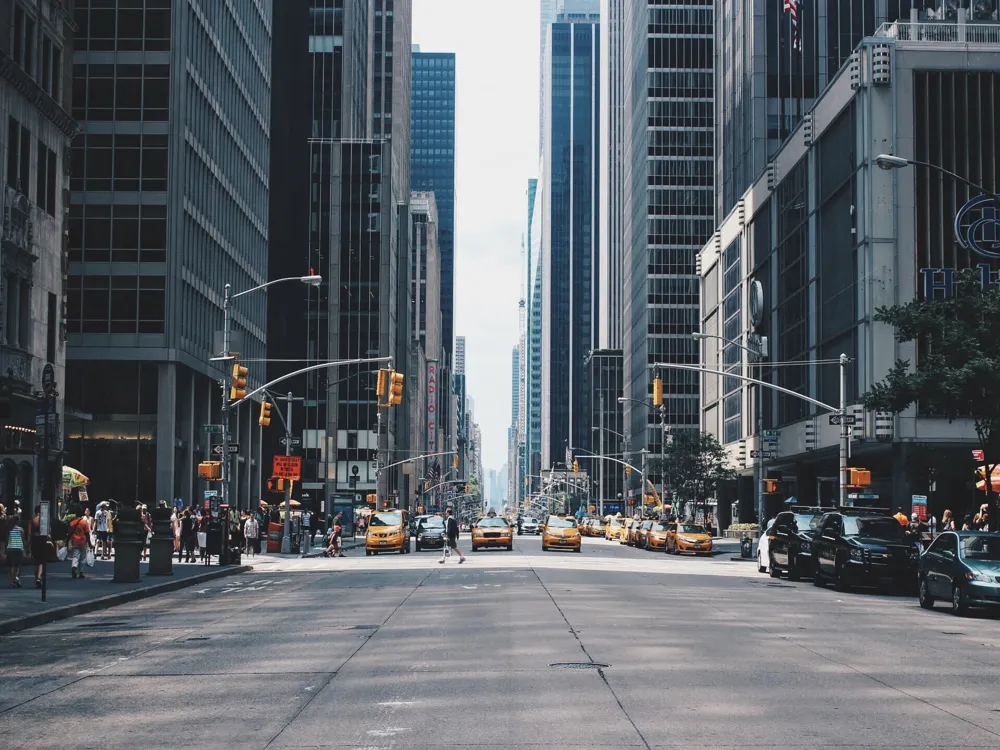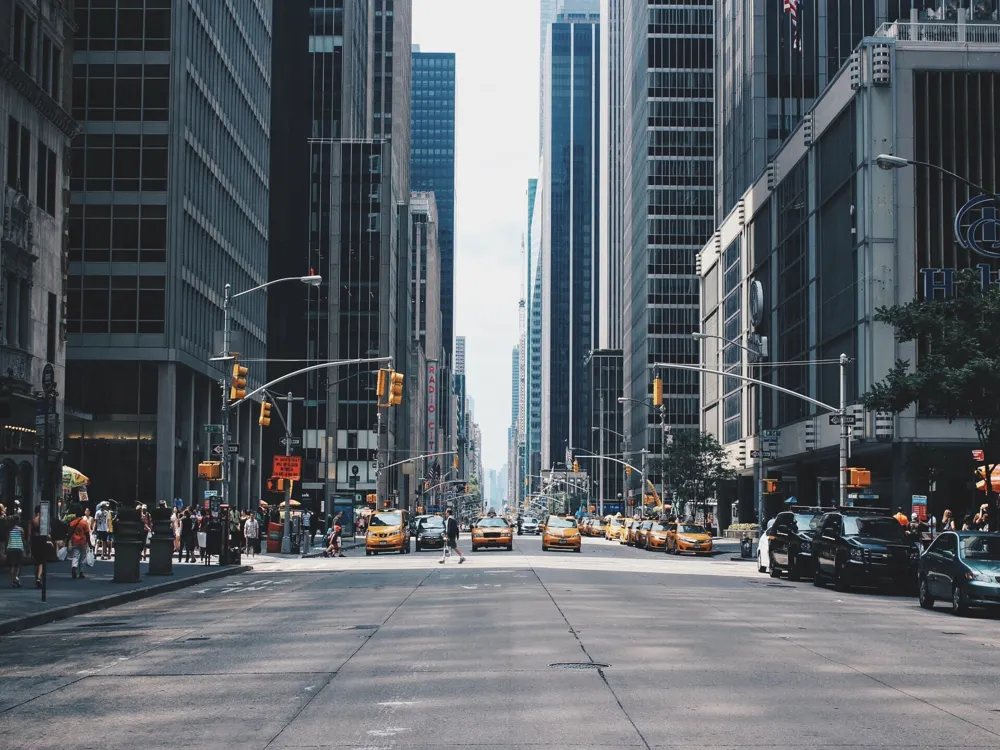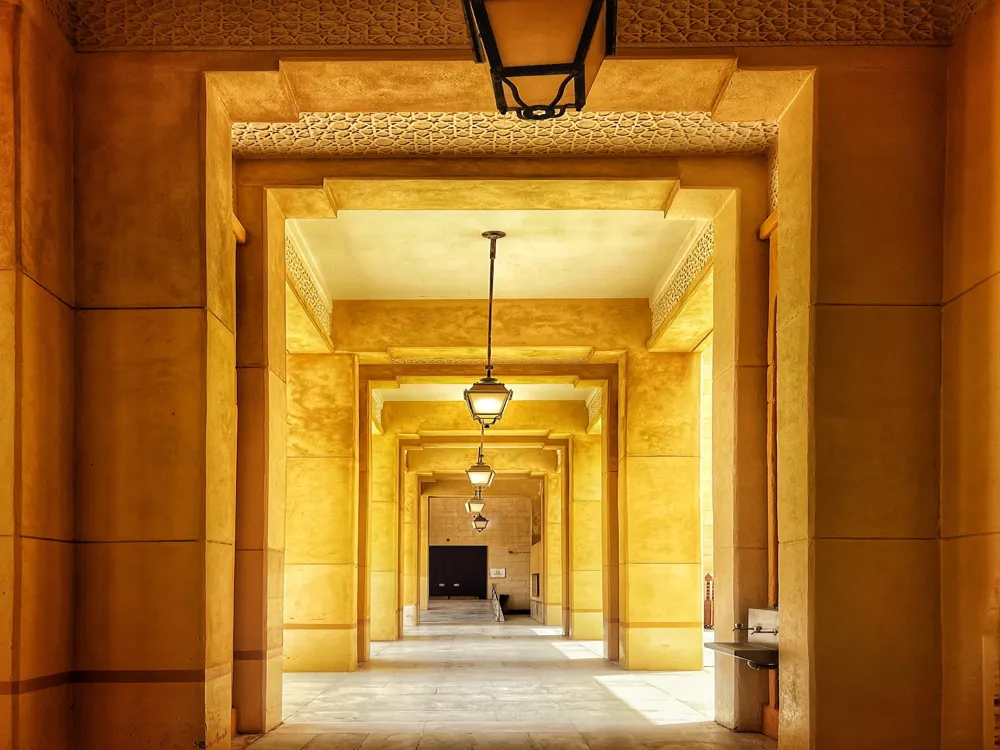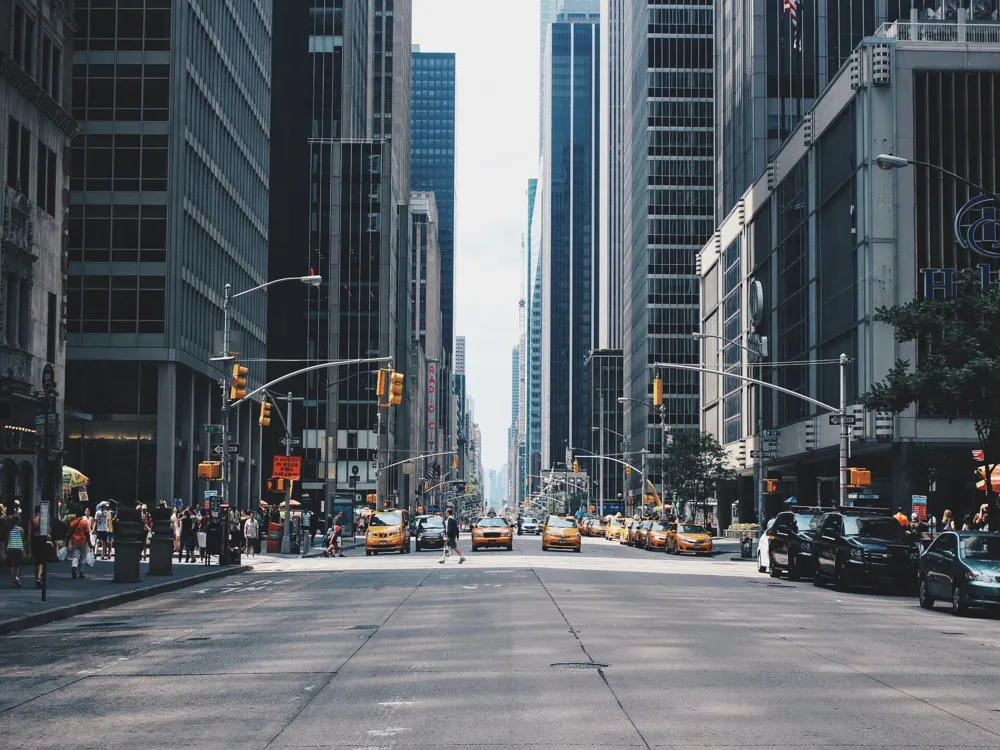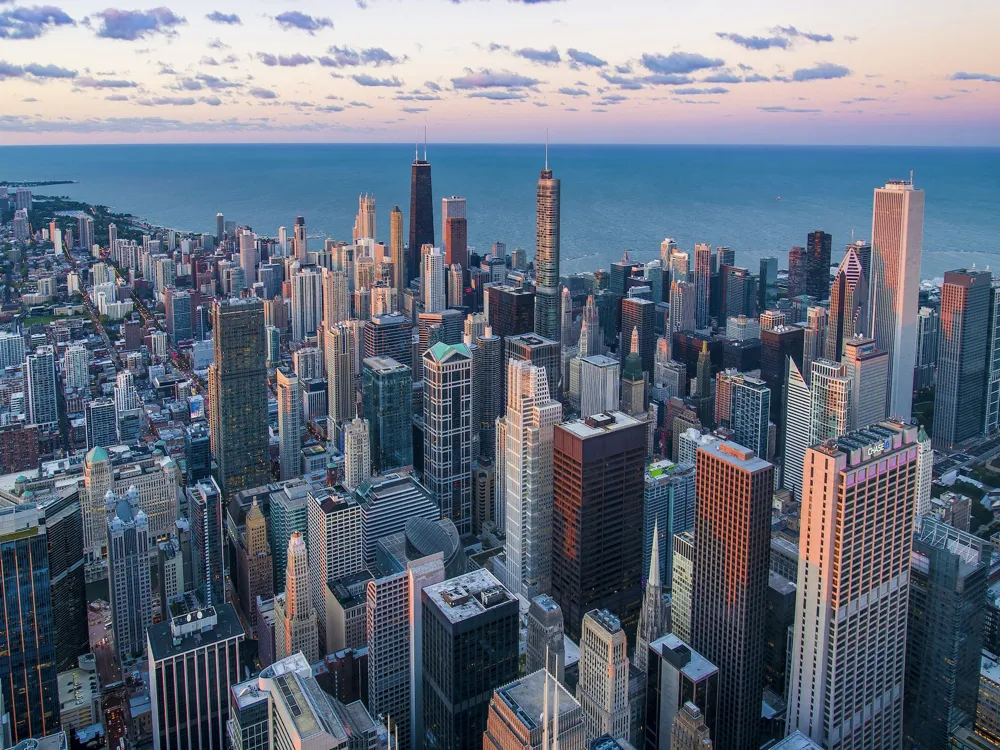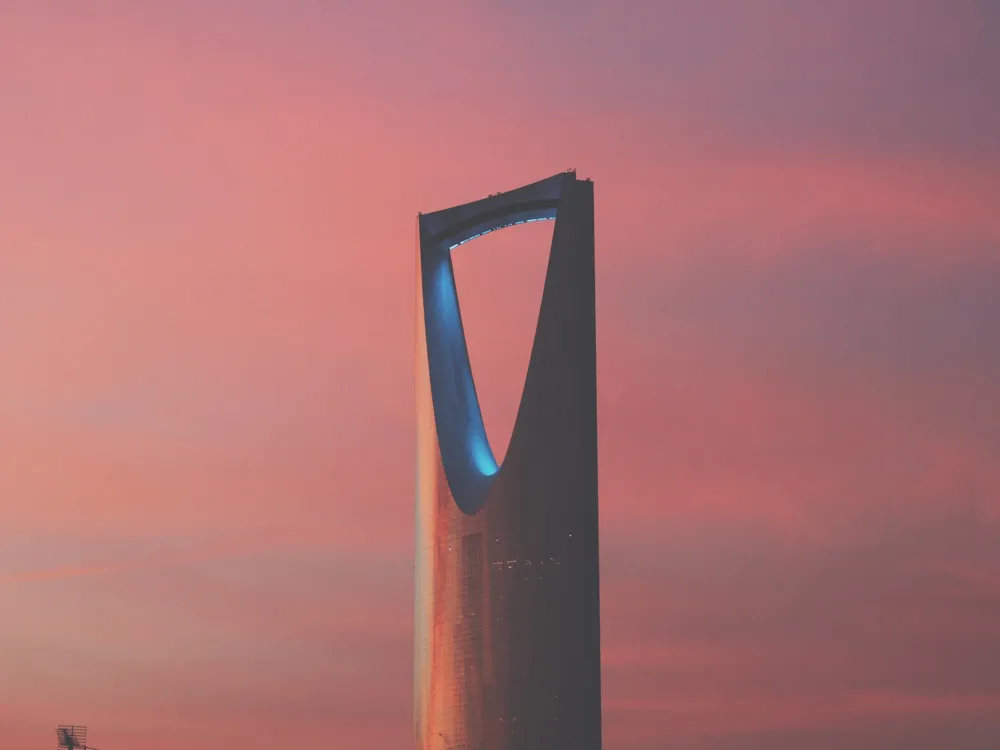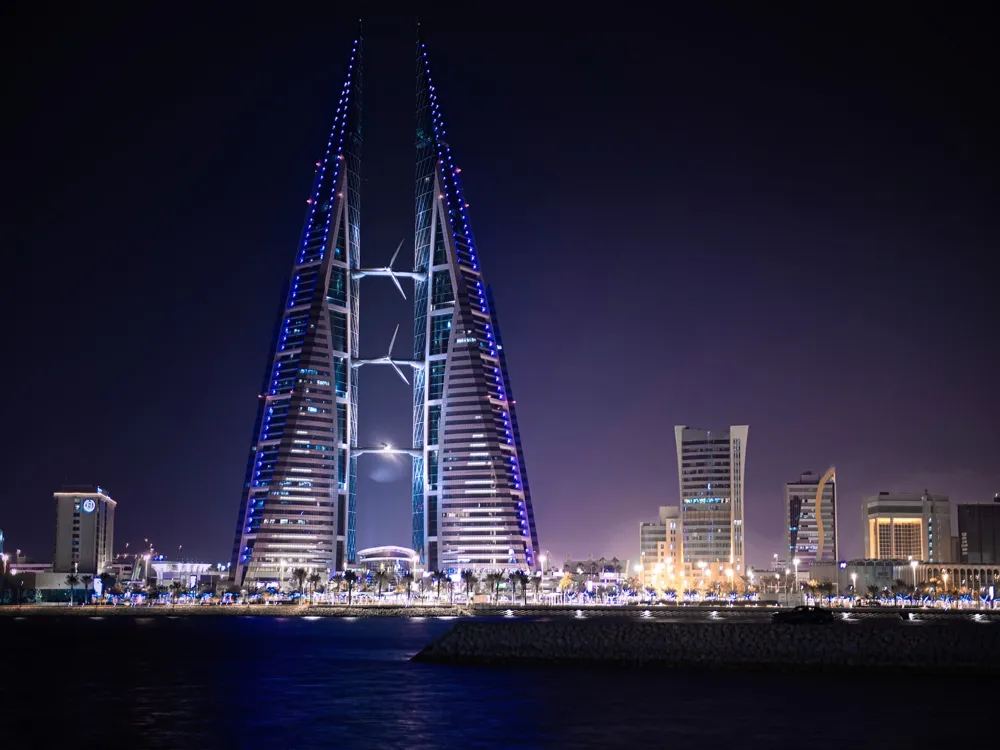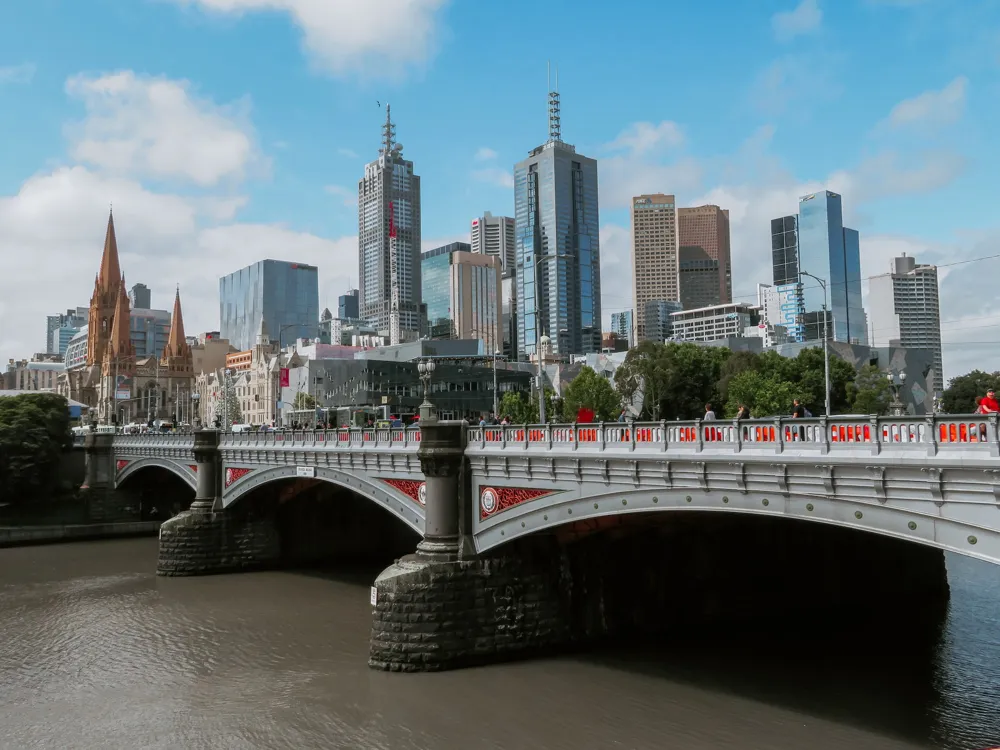Seif Palace, located in the heart of Kuwait City, is a historical and architectural marvel. Known for its Islamic architecture, the palace symbolizes Kuwait's cultural and political heritage. Originally built in 1896, it has been the seat of government power and the official residence of the Kuwaiti ruling family. The palace is renowned for its ornate interiors, iconic watchtower, and the use of blue tiles that mirror the Islamic artistic tradition. The architecture of Seif Palace is a blend of traditional Islamic design with modern influences. Its most distinguishing feature is the blue-tiled roof and the watchtower adorned with a pure gold roof. The intricate Islamic motifs, geometric designs, and the use of local and imported materials showcase the skilled craftsmanship and architectural ingenuity of the era. The palace's layout reflects the traditional Islamic style of separating public and private spaces. Visitors are advised to dress modestly in accordance with local customs. It's important to check the opening hours and any visitor restrictions before planning a visit. Photography may be restricted in certain areas of the palace. Opting for a guided tour can enhance the experience, providing insights into the palace's history and architectural details that might otherwise be missed. Given Kuwait's climate, it is advisable to visit during cooler months. Carrying water and wearing sun protection is recommended. Seif Palace is easily accessible from various parts of Kuwait City. Visitors can use public transport, including buses and taxis, to reach the palace. For those driving, there is parking available nearby. The palace's central location makes it a convenient destination for tourists exploring the city. Read More:Overview of Seif Palace in Kuwait City
Architecture of Seif Palace
Tips When Visiting Seif Palace
Preparation and Conduct
Guided Tours
Weather Considerations
How To Reach Seif Palace
Sief Palace
Kuwait City
NaN onwards
View kuwait-city Packages
Kuwait-city Travel Packages
View All Packages For Kuwait-city
Top Hotel Collections for Kuwait-city

Private Pool

Luxury Hotels

5-Star Hotels

Pet Friendly
Top Hotels Near Kuwait-city
Other Top Ranking Places In Kuwait-city
View All Places To Visit In kuwait-city
View kuwait-city Packages
Kuwait-city Travel Packages
View All Packages For Kuwait-city
Top Hotel Collections for Kuwait-city

Private Pool

Luxury Hotels

5-Star Hotels

Pet Friendly







